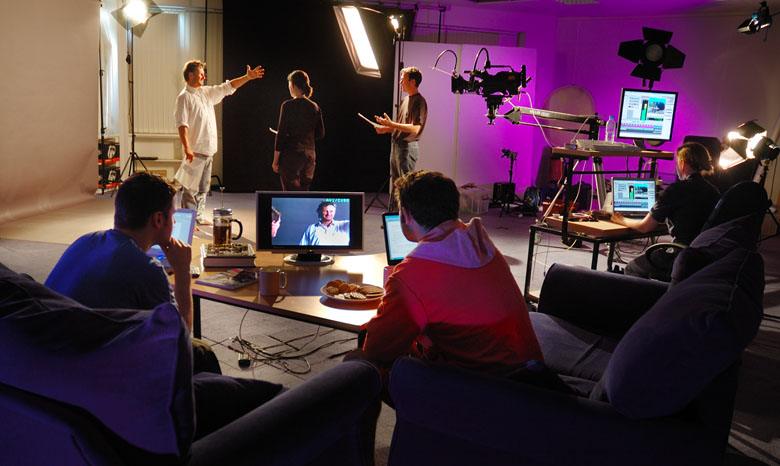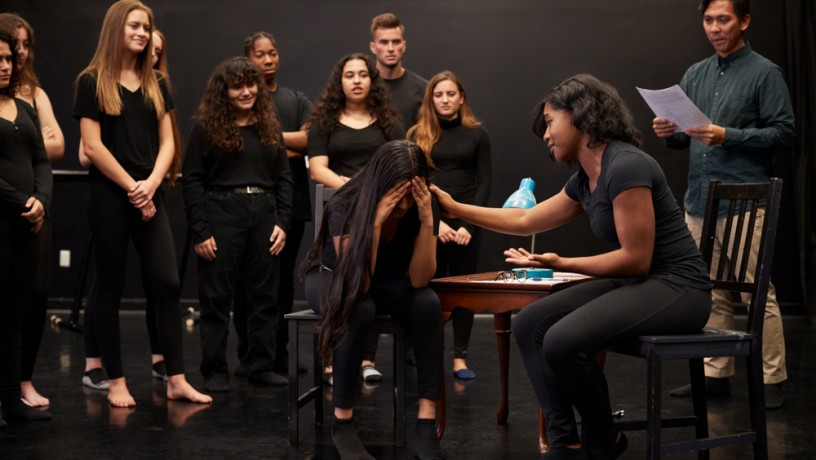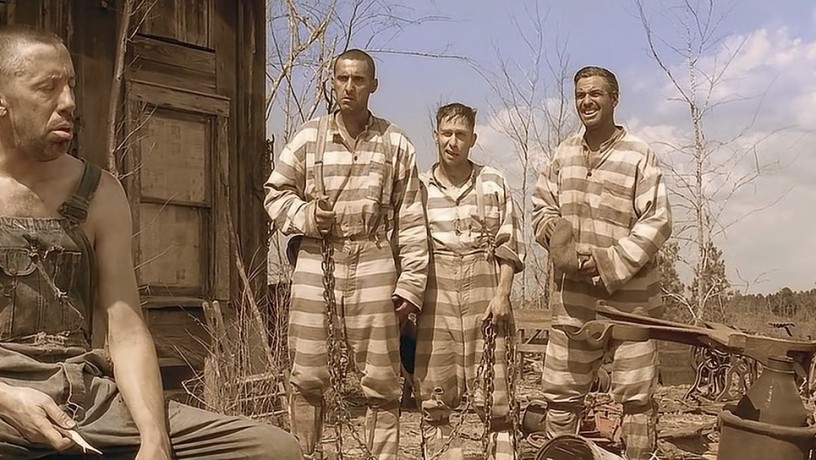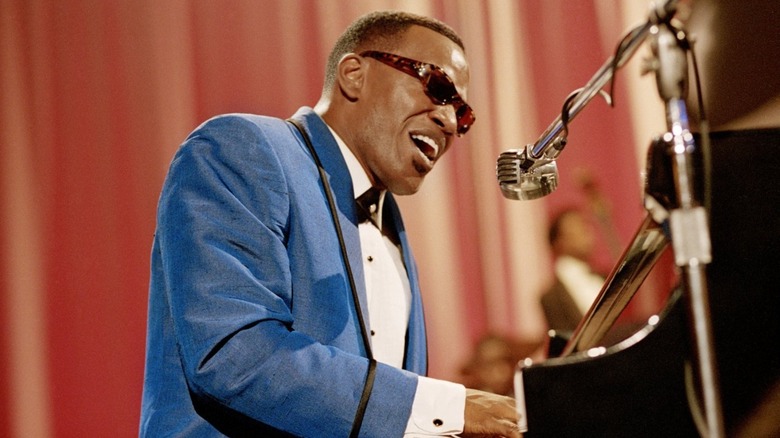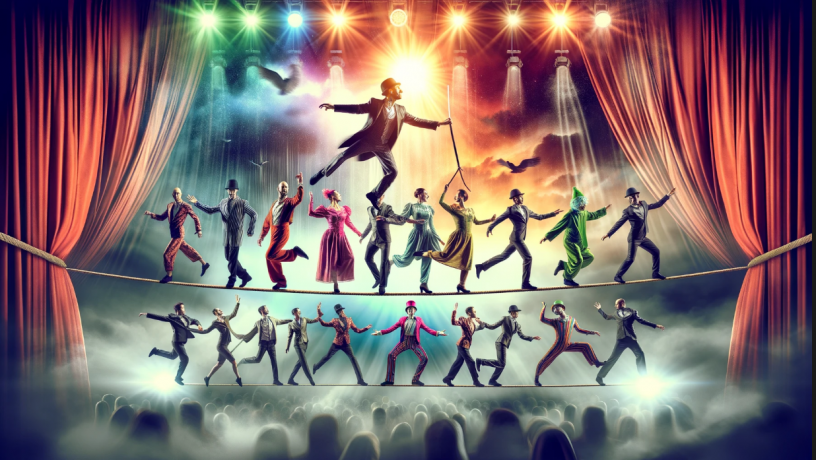The film industry has long been fascinated with its own workings, producing movies that offer a glimpse behind the curtain of movie-making. These films not only entertain but also provide insightful commentary on the industry itself. Here, we explore some of the best movies about the movie business, delving into their plots and uncovering what makes them stand out as great films. Click the links to watch the trailers.
Directed by Billy Wilder, this classic noir film offers a dark and cynical look at Hollywood’s golden age. The plot revolves around a struggling screenwriter, Joe Gillis, who becomes entangled with Norma Desmond, a faded silent film star who dreams of a grand comeback. The movie is renowned for its sharp dialogue, compelling characters, and its unflinching critique of Hollywood’s obsession with youth and fame. Its exploration of illusion versus reality and the dark side of stardom continues to resonate with audiences and filmmakers alike.
Robert Altman’s satirical film takes a jab at the Hollywood movie industry through the eyes of a studio executive, Griffin Mill, who is haunted by threats from a disgruntled writer. As Mill navigates a web of deceit, ambition, and murder, the film delivers a biting commentary on the superficiality and cutthroat nature of Hollywood. With its star-studded cast and cleverly woven narrative, “The Player” is celebrated for its meta-narrative style, dark humor, and its candid look at the art and business of movie-making.
Directed by Spike Jonze and written by Charlie Kaufman, “Adaptation” is a brilliant meta-comedy that delves into the challenges of screenwriting. The film follows a fictionalized version of Kaufman himself as he struggles to adapt a non-fiction book into a movie. Through its ingenious structure and self-referential narrative, the film examines the creative process, the struggle between artistic integrity and commercial success, and the very nature of storytelling. “Adaptation” stands out for its originality, wit, and the exceptional performances of its cast, particularly Nicolas Cage in a dual role.
Alejandro González Iñárritu’s “Birdman” is a unique and visually stunning film that explores the life of a washed-up actor, Riggan Thomson, as he attempts to revive his career by directing and starring in a Broadway play. The movie is shot in a way that creates the illusion of a single continuous take, adding to the intensity and immersion of the narrative. “Birdman” offers a poignant look at fame, relevance, and artistic struggle, all while blurring the lines between reality and fantasy.
Damien Chazelle’s “La La Land” is a vibrant musical that pays homage to classic Hollywood while telling a modern love story. The film follows the lives of an aspiring actress, Mia, and a jazz musician, Sebastian, as they pursue their dreams in Los Angeles. “La La Land” captures the magic and heartbreak of the entertainment industry, showcasing the sacrifices artists often make for their careers. With its stunning cinematography, memorable music, and captivating performances, the film is a celebration of passion, creativity, and the enduring power of dreams.
Each of these films offers a unique perspective on the movie business, providing audiences with an engaging and often critical look at the industry’s inner workings. Through their compelling narratives, rich characterizations, and innovative filmmaking, these movies not only entertain but also provoke thought and discussion about the nature of cinema itself. Whether you’re a film enthusiast or an industry insider, these movies are essential viewing for anyone fascinated by the art and business of movie-making.
This iconic musical comedy, directed by Gene Kelly and Stanley Donen, offers a lighthearted and charming look at Hollywood’s transition from silent films to talkies. The film follows silent film stars as they navigate the challenges of adapting to the new technology. Known for its memorable songs, dazzling dance sequences, and humorous take on the industry, “Singin’ in the Rain” remains a timeless celebration of cinema.
Tim Burton’s biographical film tells the story of Ed Wood, an eccentric and optimistic filmmaker known for his low-budget and critically panned movies. The film explores Wood’s passion for filmmaking and his relationships with a unique ensemble of collaborators, including Bela Lugosi. “Ed Wood” is a tribute to the underdog, showcasing the determination and enthusiasm of a filmmaker who remained dedicated to his craft despite widespread criticism.
8. Argo (2012)
Directed by Ben Affleck, “Argo” is a dramatic thriller based on the true story of a CIA operation to rescue six Americans during the Iran hostage crisis by posing as a film crew scouting locations for a sci-fi movie. While “Argo” primarily focuses on the rescue mission, it also offers a fascinating look at how the movie-making process can be employed in unconventional and high-stakes situations.
The Coen Brothers’ comedic tribute to 1950s Hollywood follows a single day in the life of a studio fixer who tackles various problems for the studio’s stars. The film weaves together multiple storylines, offering a satirical and nostalgic look at the studio system, with all its quirks and dramas. “Hail, Caesar!” is notable for its sharp wit, intricate plot, and affectionate portrayal of a bygone era in filmmaking.
Directed by and starring James Franco, this film is a comedic biographical look at the making of Tommy Wiseau’s “The Room,” often hailed as one of the worst films ever made. “The Disaster Artist” explores the bizarre and mysterious background of Wiseau, the unlikely friendship that fuels the project, and the passion and perseverance required to create a film that has since gained a cult following.
Quentin Tarantino’s love letter to the final moments of Hollywood’s golden age follows an actor and his stunt double as they navigate a changing industry. The film blends historical context with fictional elements, offering a nostalgic and immersive look at Hollywood in the late 1960s. Tarantino’s attention to detail and affection for cinema shine through in this reflective and engaging exploration of an era.
These films, each in their own unique way, provide insightful, entertaining, and often critical perspectives on the film industry. They explore themes of creativity, ambition, transformation, and the relentless pursuit of dreams, making them compelling viewing for anyone fascinated by the world of cinema.
This independent comedy-drama, directed by Tom DiCillo, is a humorous and poignant look at the trials and tribulations of making a low-budget independent film. The story unfolds through a series of mishaps and challenges faced by the film’s director during a single day of shooting, highlighting the passion and chaos inherent in the filmmaking process.
Directed by Paul Thomas Anderson, this film delves into the adult film industry of the 1970s and early 1980s through the rise and fall of a young actor. “Boogie Nights” offers a gritty yet empathetic look at the lives of characters within this particular niche of the film industry, exploring themes of family, success, and identity.
This satirical comedy-drama, directed by David Mamet, follows the production of a movie in a small Vermont town, where the arrival of the film crew significantly impacts the lives of the townspeople. The film humorously tackles the clash between Hollywood’s artificiality and the authenticity of small-town life, along with the compromises and ethical dilemmas faced by filmmakers.
This action comedy, directed by Ben Stiller, satirizes Hollywood war films and the industry’s behind-the-scenes drama. The plot follows a group of actors who are shooting a big-budget war movie but find themselves in real danger when their method acting exercise goes awry. The film is a sharp and hilarious critique of Hollywood egos, the blurring of reality and fiction, and the industry’s commercialization of serious subjects.
This French romantic comedy-drama, directed by Michel Hazanavicius, is a tribute to the silent film era. Set between the late 1920s and early 1930s, the story focuses on a silent movie star struggling to transition to talking pictures. “The Artist” celebrates the magic of silent cinema while exploring the themes of change, pride, and reinvention in an evolving industry.
Directed by David Cronenberg, this satirical drama takes a dark and twisted look at Hollywood’s underbelly, exploring the lives of two child actors and a Hollywood dynasty plagued by secrets. The film delves into the industry’s obsession with youth, fame, and the destructive tendencies of its players, providing a stark, unflinching critique of celebrity culture.
This horror-drama, directed by E. Elias Merhige, presents a fictionalized account of the making of the classic 1922 film, “Nosferatu.” The movie explores the idea that the film’s star, Max Schreck, was actually a real vampire. It’s a creative blend of fact and fiction, offering a unique look at the lengths filmmakers might go to achieve artistic authenticity.
Based on Elmore Leonard’s novel, this comedy-crime film directed by Barry Sonnenfeld stars John Travolta as a mobster who decides to become a movie producer as a way to launder money. The film humorously explores the intersections between the criminal underworld and Hollywood filmmaking, highlighting the sometimes blurry line between the two worlds.
Directed by J.J. Abrams, “Super 8″ tells the story of a group of young friends in the late 1970s who are making a zombie movie with a Super 8 camera. When they witness a mysterious train crash, they become involved in a bizarre series of events. The film is a nostalgic look at amateur filmmaking and a homage to the power of storytelling and creativity in youth.
This satirical comedy, directed by Christopher Guest, follows a young filmmaker who gets a taste of Hollywood success and finds his artistic vision compromised by the demands of the industry. It’s a witty critique of the Hollywood system, poking fun at the often absurd nature of movie making in Tinseltown.
Directed by Vincente Minnelli, this classic Hollywood drama explores the life and career of a ruthless film producer who climbs his way to the top, betraying friends and colleagues along the way. The film examines the darker side of ambition and the sacrifices made in the pursuit of success in the movie industry.
Another mockumentary by Christopher Guest, this film takes a comedic look at the Oscar buzz surrounding the cast of an independent film and how it affects their lives and behavior. It’s a satirical take on the awards season in Hollywood, showcasing the absurdity and chaos that can ensue when artists become overly consumed by the prospect of accolades.
This comedy-drama, directed by Alfonso Gomez-Rejon, tells the story of a high school student who spends his time making parodies of classic movies with his friend Earl. His life changes when he befriends a classmate who has been diagnosed with cancer. The film beautifully illustrates how filmmaking can serve as a form of expression, connection, and coping with life’s challenges.
Directed by Damien Chazelle, “Babylon” is an epic drama that delves into the excesses and transformations of Hollywood during its transition from silent to sound films in the late 1920s and early 1930s. The movie presents a tapestry of characters from various strata of the industry, including ambitious actors, filmmakers, and executives, showcasing their struggles, triumphs, and debaucheries. Through its vivid storytelling and grandiose visuals, “Babylon” explores themes of change, decadence, and the relentless pursuit of fame, reflecting on the costs of artistic ambition and the cyclical nature of Hollywood’s reinvention. Its portrayal of the era’s wild dynamism and the personal journeys of those who shaped cinematic history adds a compelling chapter to the narrative of films about the movie business.
These films, through their narratives and characters, offer multifaceted reflections on the film industry, revealing both its enchanting allure and its more challenging, often darker aspects. Whether through satire, drama, or comedy, each movie provides a unique lens through which to view the complex world of filmmaking.



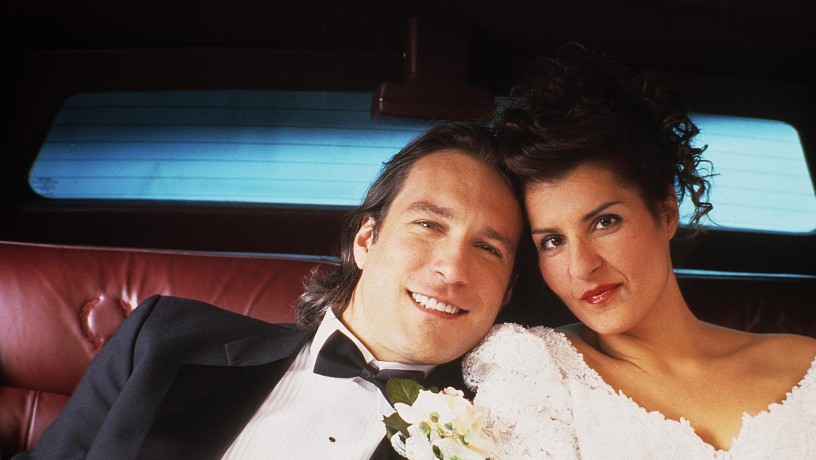
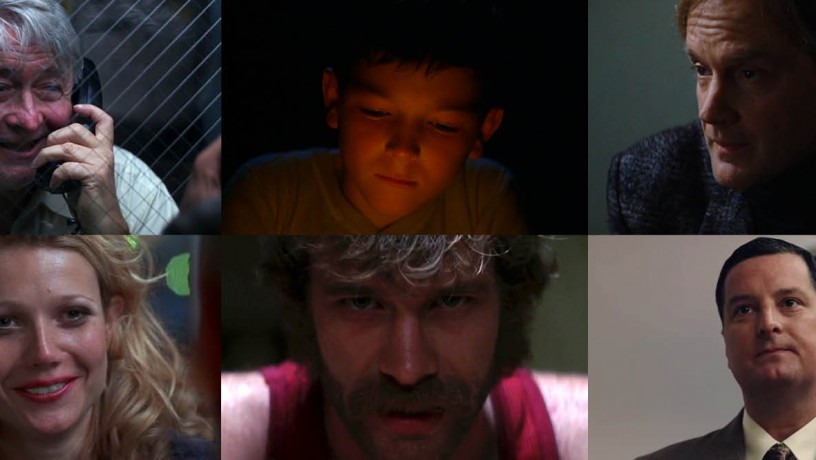
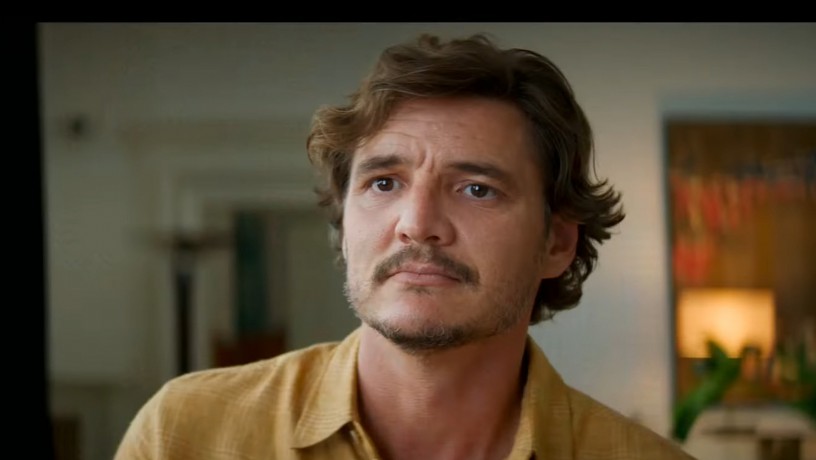
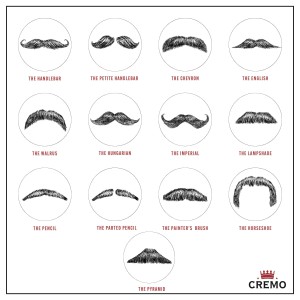
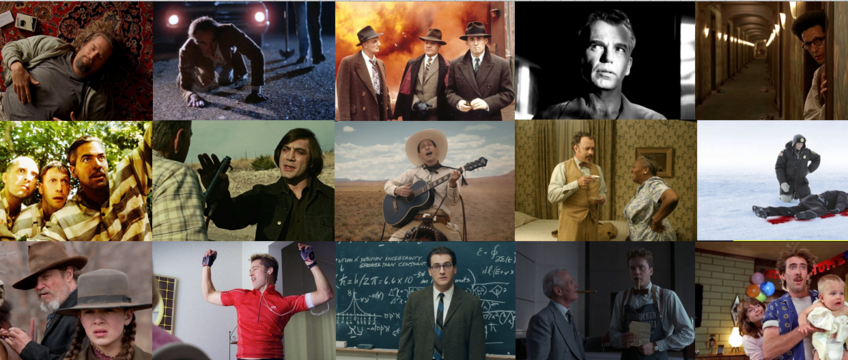
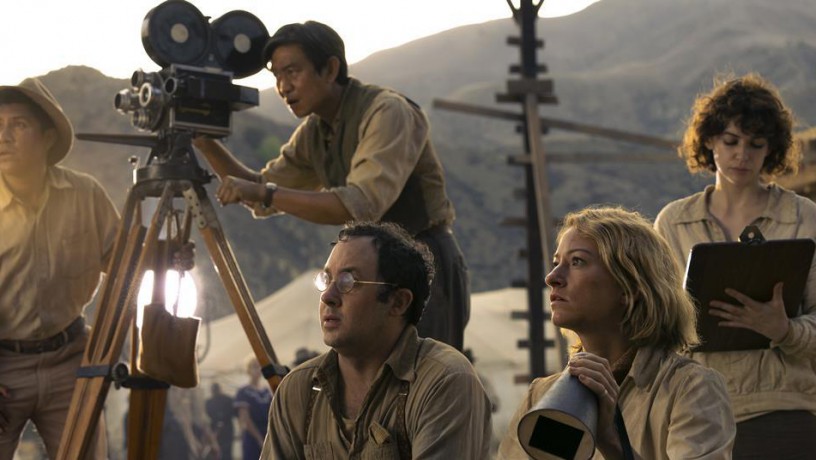
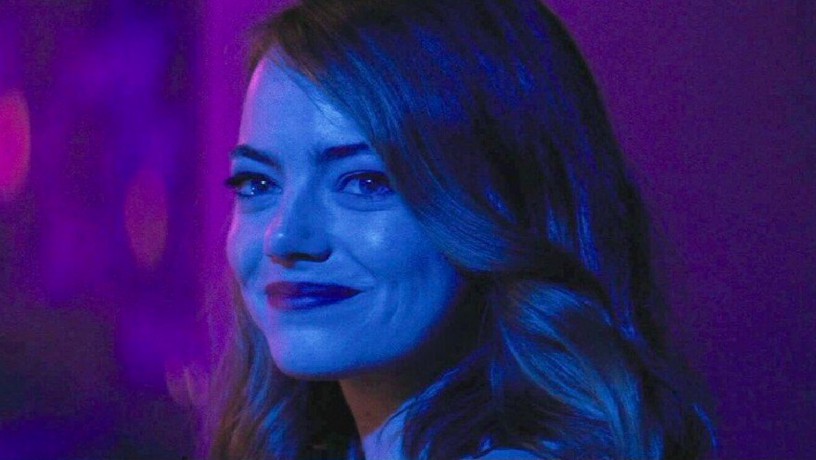
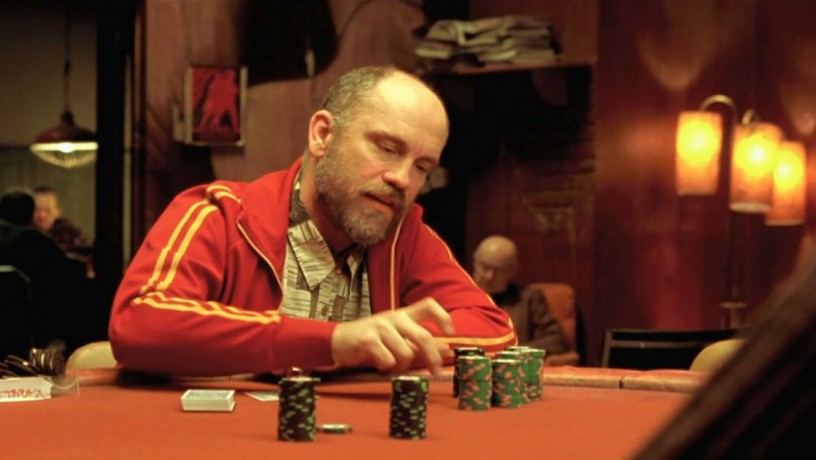
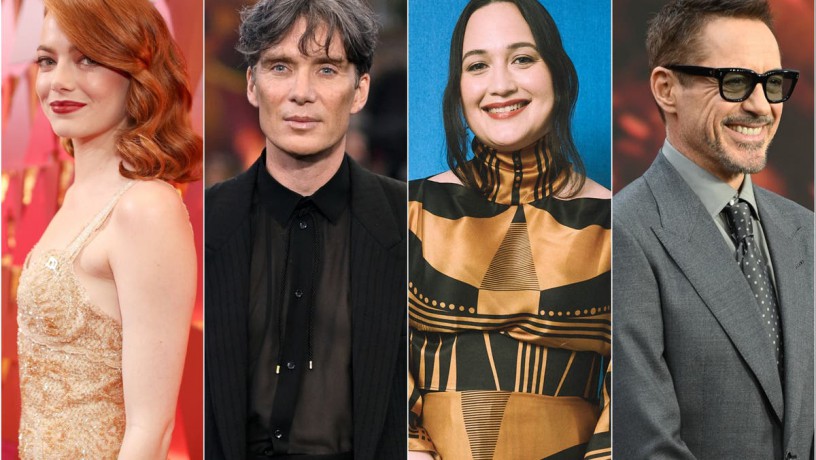
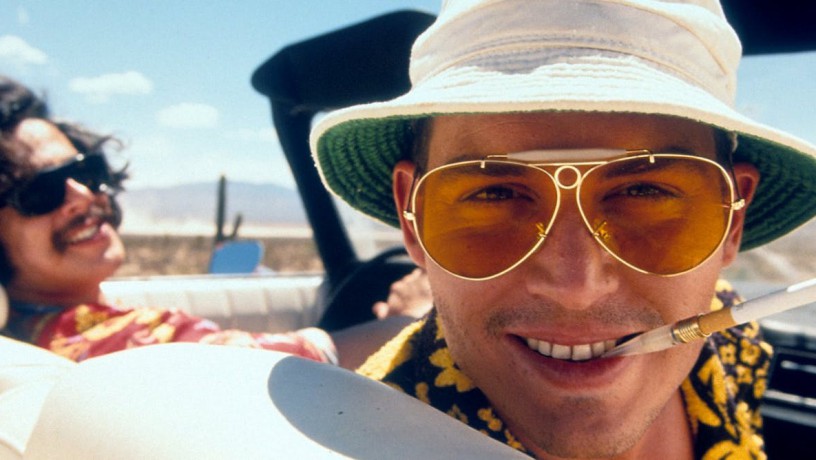
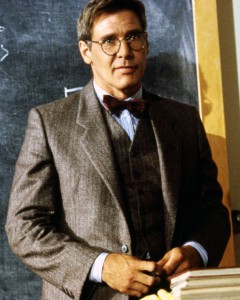 1. The Intellectual or Scholar
1. The Intellectual or Scholar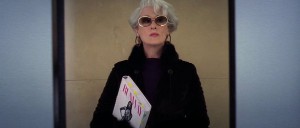 6. The Sophisticate or High-Class Character
6. The Sophisticate or High-Class Character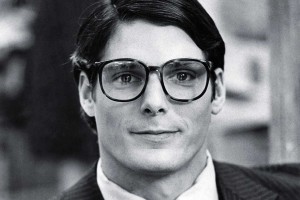 7. The Undercover or Incognito Character
7. The Undercover or Incognito Character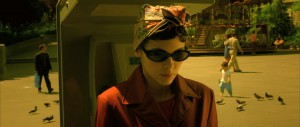 14. The Romantic or Dreamer
14. The Romantic or Dreamer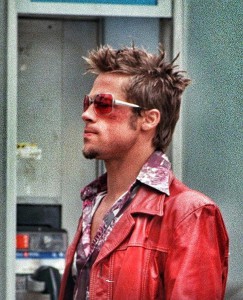 15. The Rebel or Outcast
15. The Rebel or Outcast
